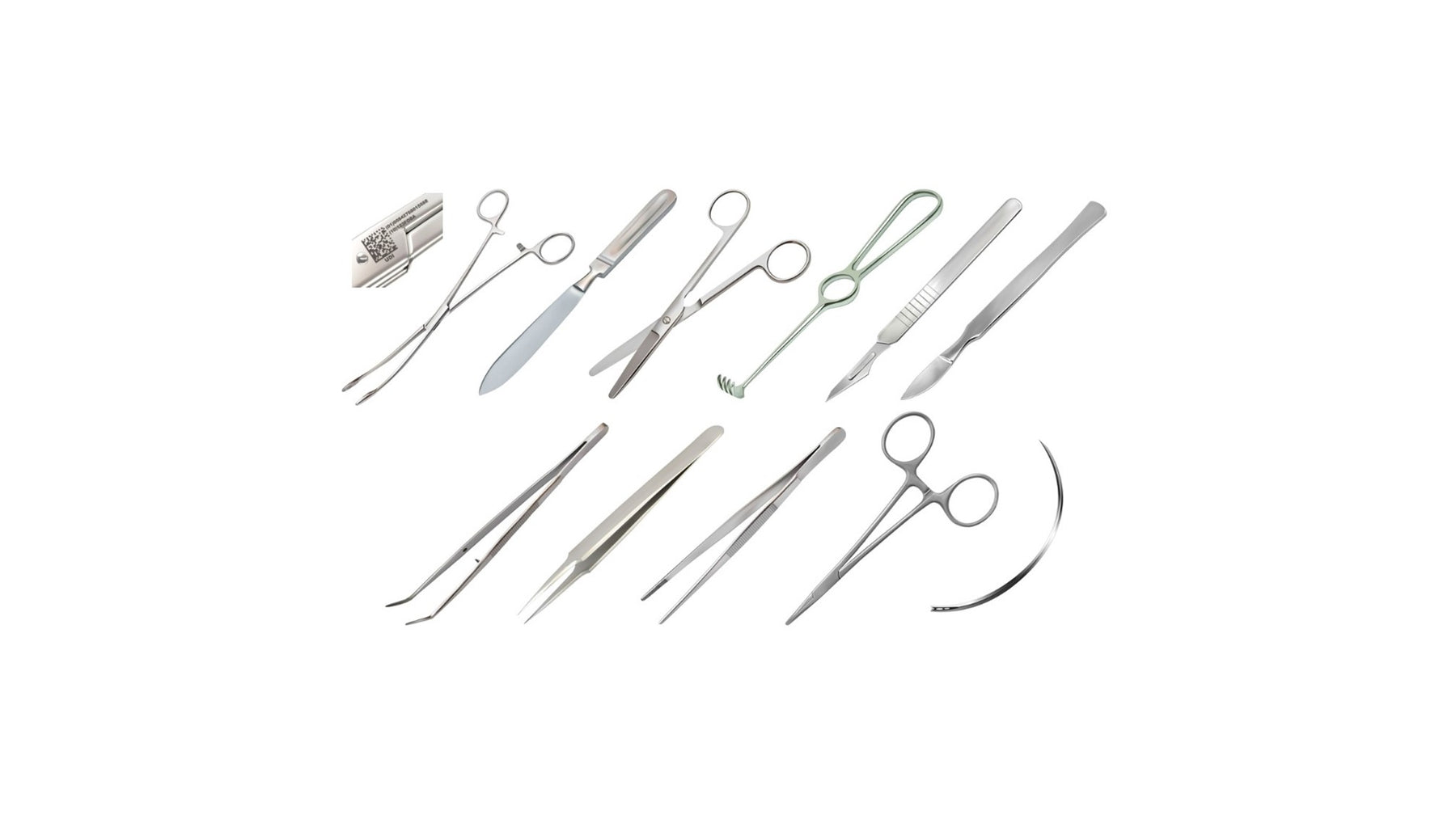Email: ashley@numa-tech.com
Email: sales@numa-tech.com

In the ever-evolving landscape of healthcare, technological advancements have played a pivotal role in improving patient care, streamlining processes, and enhancing overall efficiency. Among the many innovations that have transformed the healthcare industry, DataMatrix scanners have emerged as a valuable tool, providing healthcare professionals with a powerful means to access and manage medical information. This article delves into the world of Medical DataMatrix Scanners, exploring their significance, applications, and the transformative impact they have had on healthcare.

The Genesis of DataMatrix Scanners
DataMatrix codes, also known as 2D barcodes, are two-dimensional matrix barcodes that can store a significant amount of data in a compact space. They consist of black squares arranged on a white background, and their design allows for encoding various types of information, from text and numbers to binary data. The adoption of DataMatrix codes in the healthcare industry has given rise to Medical DataMatrix Scanners, which have become instrumental in enhancing healthcare services.
Significance in Healthcare
1. Enhanced Data Management
One of the primary reasons for the widespread adoption of DataMatrix Scanners in healthcare is their ability to store and retrieve extensive patient data efficiently. In an industry where patient records are crucial, the compactness and capacity of DataMatrix codes make them an ideal choice. These codes can store information such as patient IDs, medical histories, medication lists, and more, all of which can be quickly accessed and updated using a Medical DataMatrix Scanner. This streamlines data management, reduces errors, and improves the overall quality of care.
2. Improved Medication Administration
Patient safety is a paramount concern in healthcare, and medication errors are a significant threat. Medical DataMatrix Scanners are employed to verify medication accuracy and dosage. Medication containers are labeled with DataMatrix codes that contain detailed information about the medication, including its name, dosage, expiration date, and administration instructions. By scanning these codes, healthcare providers can ensure that the right medication is given to the right patient, at the right time, and in the correct dosage, minimizing the risk of adverse events.
3. Streamlined Inventory Management
Hospitals and healthcare facilities maintain vast inventories of medical supplies, equipment, and pharmaceuticals. Managing these inventories efficiently is crucial for cost control and ensuring that critical supplies are always available. Medical DataMatrix Scanners simplify this task by allowing staff to scan codes on items, track usage, and reorder supplies when necessary. This results in reduced wastage, cost savings, and a more seamless supply chain.
4. Rapid and Accurate Patient Identification
Patient identification errors can lead to misdiagnosis, incorrect treatment, and a host of other issues. Medical DataMatrix Scanners play a pivotal role in ensuring accurate patient identification. Patients are provided with identification wristbands containing DataMatrix codes linked to their medical records. When scanned, these codes instantly pull up the patient's information, eliminating the possibility of confusion and enhancing patient safety.
5. Integration with Electronic Health Records (EHR)
Electronic Health Records (EHR) have revolutionized healthcare by digitizing patient data and making it accessible to authorized personnel from anywhere. Medical DataMatrix Scanners seamlessly integrate with EHR systems, allowing healthcare providers to access patient records quickly. This integration improves the continuity of care, as clinicians can make informed decisions based on up-to-date patient information.
Applications in Healthcare
Medical DataMatrix Scanners find applications across various healthcare settings, including:
1. Hospitals and Clinics
In hospitals and clinics, DataMatrix Scanners are used for patient identification, medication administration, inventory management, and accessing EHRs. These scanners have become an indispensable tool for healthcare professionals, enhancing the quality of care and streamlining workflows.
2. Pharmacies
Pharmacies utilize DataMatrix Scanners to verify and dispense medications accurately. Pharmacists can scan the medication's barcode to confirm its identity, dosage, and expiration date, reducing the likelihood of medication errors.
3. Blood Banks
Blood banks rely on DataMatrix Scanners to track blood products, ensuring proper identification, handling, and transfusion. These scanners contribute to the safety and efficiency of the blood supply chain.
4. Laboratory Settings
In laboratories, DataMatrix Scanners are used to track and manage samples, reagents, and equipment. They play a vital role in maintaining the integrity of test results and ensuring traceability.
5. Medical Device Manufacturing
Manufacturers of medical devices often incorporate DataMatrix codes on their products for traceability and quality control. DataMatrix Scanners are employed during the manufacturing process to verify product information and record production data.
Future Prospects
The evolution of Medical DataMatrix Scanners is ongoing, and their future prospects are promising. As healthcare continues to embrace digitization and automation, these scanners will likely become even more integrated with other technologies, such as artificial intelligence (AI) and machine learning. This integration could enable predictive analytics, further enhancing patient care by identifying trends and potential issues in real-time.
Additionally, the global adoption of telemedicine and remote monitoring has surged in recent years, driven by the need for healthcare accessibility during crises like the COVID-19 pandemic. Medical DataMatrix Scanners can play a role in facilitating remote healthcare by enabling patients to scan and share their medical information securely with healthcare providers.
Must know features of the model DT-90

Conclusion
Medical DataMatrix Scanners have undeniably transformed the healthcare industry by improving data management, enhancing patient safety, and streamlining various processes. Their significance in healthcare settings, ranging from hospitals and pharmacies to blood banks and laboratories, cannot be overstated. As technology continues to advance, these scanners will likely play an increasingly vital role in shaping the future of healthcare, making it smarter, more efficient, and more patient-centric than ever before.
Find out more information of NUMA Medical DataMatrix Scanners, please visit NUMA website https://www.numa-tech.com/en/product/detail/DT-90. Or please send your inquiry to sales@numa-tech.com for proposal and quote.